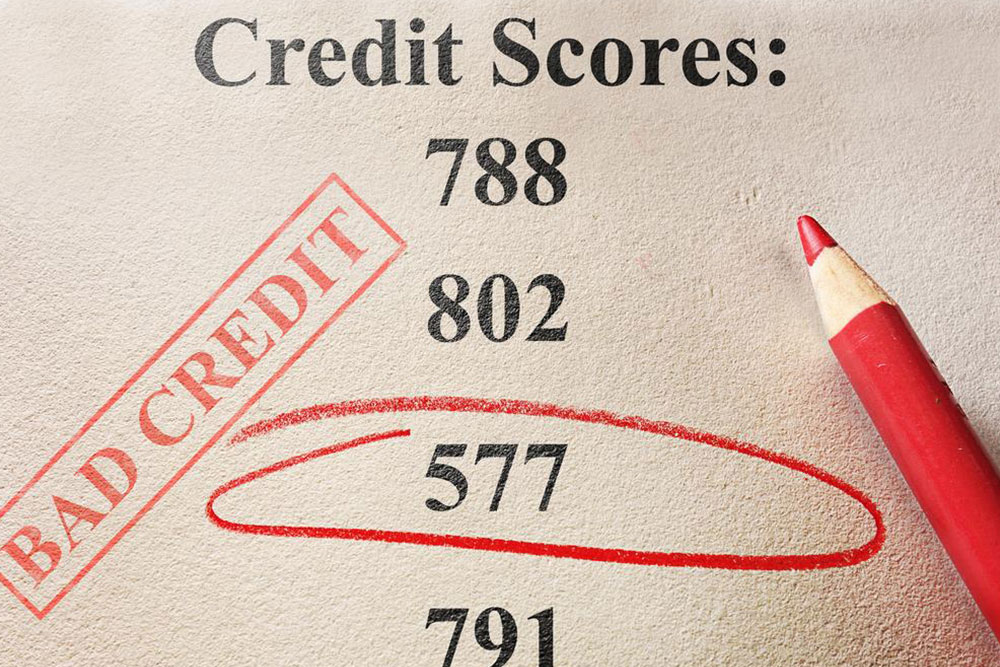Strategic Approaches to Obtaining Funding for High-Risk Businesses
Discover comprehensive strategies for securing funding in high-risk business environments. This article explores various financing options, from collateralized loans and peer-to-peer lending to fintech solutions and convertible debt. Learn how to evaluate industry risks, prepare effectively, and leverage alternative funding sources to support your business growth despite credit challenges. Whether you're starting a new venture or managing cash flow issues, these insights can help you navigate the complex landscape of high-risk business financing successfully.

Strategic Approaches to Obtaining Funding for High-Risk Businesses
Securing financing for high-risk businesses presents unique challenges but is achievable with the right strategies. High-risk business loans are tailored specifically for entrepreneurs or companies facing difficulty in securing traditional funding due to challenged credit profiles or industry-related risks. Lenders evaluate these risks primarily based on credit history, cash flow, industry sector, and business longevity, making it essential for business owners to understand how to position themselves to increase their chances of loan approval.
If your enterprise is experiencing seasonal demands, unexpected downturns, or cash flow gaps caused by unpaid invoices, exploring alternative funding options becomes crucial. For businesses with poor credit records, conventional bank loans often become inaccessible, pushing owners to seek out high-risk financing solutions. Recognizing the unique characteristics of high-risk loans—including higher interest rates, shorter repayment periods, and smaller loan amounts—is vital to navigating the landscape effectively.
Typically, high-risk borrowers are offered smaller loans, often ranging from a few thousand to several hundred thousand dollars, depending on the lender and the industry. These loans generally come with elevated interest rates, sometimes reaching up to 36% or more, and factor rates from 1.18 to 1.60, reflecting the increased lender risk. Industries such as mining, manufacturing, services, wholesale, agriculture, retail, finance, real estate, transportation, utilities, and construction are frequently classified as high risk, with varying risk percentages that influence lending terms.
Given the challenges posed by poor credit scores, traditional bank lending avenues often decline these applicants. However, understanding industry classification and business age can influence risk assessment. Newly established businesses, niche markets, or industries with high potential returns generally face higher scrutiny, leading to more stringent loan terms. Loan conditions are adjusted accordingly, with higher interest rates and shorter repayment periods designed to compensate lenders for the heightened risk.
Loan durations typically span from 3 to 12 months, catering to urgent financing needs rather than long-term capital investments. High-interest rates—often exceeding 36%—are standard, with some lenders employing factor rates to calculate repayment amounts. For example, a loan with a 1.50 factor rate means the borrower repays 150% of the borrowed sum over the loan term. The industries most frequently associated with high risk include mining (51.3%), manufacturing (48.4%), services (47.6%), wholesale and agriculture (47.4%), retail (41.1%), finance and real estate (39.6%), transportation and utilities (39.4%), and construction (36.4%). These sectors often involve volatile markets or require substantial upfront capital, increasing their risk profiles.
Fortunately, numerous alternative lenders specialize in providing funding for high-risk businesses. Selecting the right lender depends heavily on your industry and your company's credit history. While traditional banks may decline your application, these alternative options can offer viable pathways to secure necessary funding. Careful evaluation of all available options is essential to avoid unfavorable loan terms and ensure your business's financial health remains intact. Here are some prominent funding strategies and sources for high-risk enterprises:
Secured Loans with Collateral
Utilizing assets such as inventory, equipment, or auto titles as collateral can significantly enhance your chances of acquiring funding despite a poor credit history. Collateral provides lenders with security, reducing their perceived risk. However, borrowers should be aware that defaulting on the loan may result in loss of these assets, making it a option best suited for businesses confident in their repayment capacity.
Peer-to-Peer (P2P) Lending Platforms
Online peer-to-peer lending platforms connect borrowers directly with individual investors willing to lend at negotiated rates. This approach often results in quicker disbursal of funds and more flexible terms compared to traditional lenders. Nevertheless, sharing sensitive business or personal information online, coupled with the potential emotional strain of borrowing from acquaintances or friends, requires careful consideration before pursuing this path.
Using Co-Signers to Improve Approval Chances
A creditworthy co-signer with a strong financial background can significantly improve your likelihood of getting approved and may even secure more favorable interest rates. This method relies on the guarantee of a reliable third party and carries the risk of straining personal relationships if repayment issues arise.
Member-Based Financial Cooperatives and Credit Unions
Many credit unions and financial cooperatives adopt more lenient lending policies toward small businesses, especially those serving particular industries or local communities. If your business qualifies as a member or subsidiary, you might access more flexible terms, lower interest rates, and reduced collateral requirements, making them attractive options for high-risk borrowers.
Alternative Lending Institutions and Fintech Companies
Emerging fintech companies utilize innovative underwriting techniques—such as analyzing cash flow patterns, social media activity, or website traffic—to evaluate high-risk borrowers. These lenders can often approve faster and offer more flexible repayment options than traditional banks. However, their loans are generally accompanied by higher costs, including elevated interest rates and prepayment penalties.
Convertible Debt and Equity-Based Funding
Convertible loans are asset-backed and can convert into equity stake in the business once certain milestones are met. This method allows lenders to become partial owners, thereby reducing their risk exposure but potentially diluting ownership for existing shareholders if the business succeeds.
Business Credit Cards
Many small businesses with subpar credit profiles rely on secured or unsecured credit cards for short-term financing. While these cards can provide immediate cash flow relief, they often carry high-interest rates and fees, especially for less-than-ideal credit. Use credit cards cautiously, ensuring repayment capacity to avoid spiraling debt.
In conclusion, securing funding for high-risk businesses involves understanding the landscape of alternative financing options, industry-specific considerations, and strategic use of collateral and credit arrangements. While traditional banks may turn away such applicants, a well-informed approach—highlighting your business’s growth potential, industry risks, and repayment plan—can open doors to vital capital. Whether through collateralized loans, peer-to-peer platforms, or innovative fintech solutions, entrepreneurs have multiple pathways to secure funding even in challenging circumstances. Preparation, transparency, and thorough evaluation of all options are key to success in high-risk business financing.





